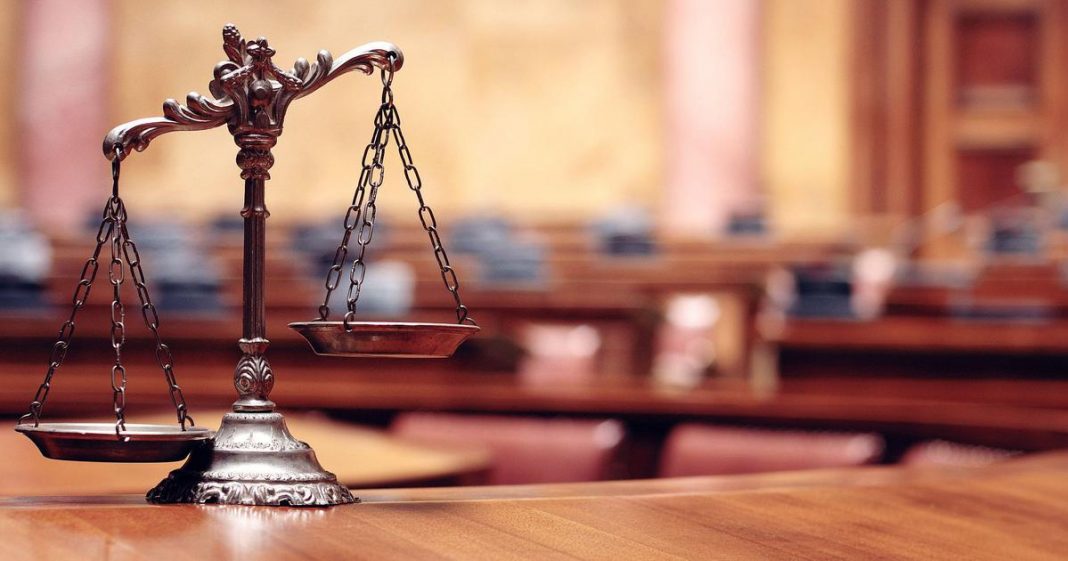By witnessing justice in action, we appreciate the significance of a fair and impartial legal system in maintaining social order and safeguarding individual rights. In conclusion, the trial experience offers a unique and enlightening opportunity to witness justice in action. It provides a firsthand encounter with the inner workings of the legal system, dispels misconceptions, and highlights the human aspect of the pursuit of justice. By observing trials, we gain a deeper understanding of the principles that underpin our society and the importance of a fair and impartial justice system. The trial experience is a testament to the power of the law and a reminder of the impact of our actions on others.From Evidence to Verdict: Decoding the Trial Process The trial process is a fundamental pillar of any judicial system, serving as the ultimate test of justice. It is a complex and intricate journey that transforms evidence into a verdict.
Understanding the key steps involved in this process can shed light on the inner workings of the legal system. The trial process begins with the selection of a jury. Both the prosecution and the defense have the opportunity to question potential jurors to ensure a fair and impartial panel. Once the jury is selected, the trial moves on to the opening statements, during which both sides present an overview of their case and the evidence they intend to present. Following the opening statements, the prosecution presents its case, presenting evidence in the form of witness testimonies, documents, and physical evidence. The defense has the opportunity to cross-examine the prosecution’s witnesses and challenge the validity of the evidence presented. After the prosecution rests its case, the defense presents its own case, calling witnesses and presenting evidence to challenge the prosecution’s claims.
Similar to the prosecution, the defense can cross-examine witnesses presented by the prosecution. Once both sides have presented their cases, they make closing arguments, summarizing the evidence and highlighting key points that support their respective positions. These closing arguments aim to persuade the jury explore the full story to reach a verdict in their favor. The next crucial step is the jury deliberation. The jury members retire to a separate room to discuss the evidence and reach a unanimous decision. In some cases, if a unanimous decision cannot be reached, a hung jury may lead to a mistrial. Finally, the verdict is announced. The jury returns to the courtroom, and the presiding judge reads the verdict. This moment is often filled with tension and anticipation, as it determines the fate of the accused.


